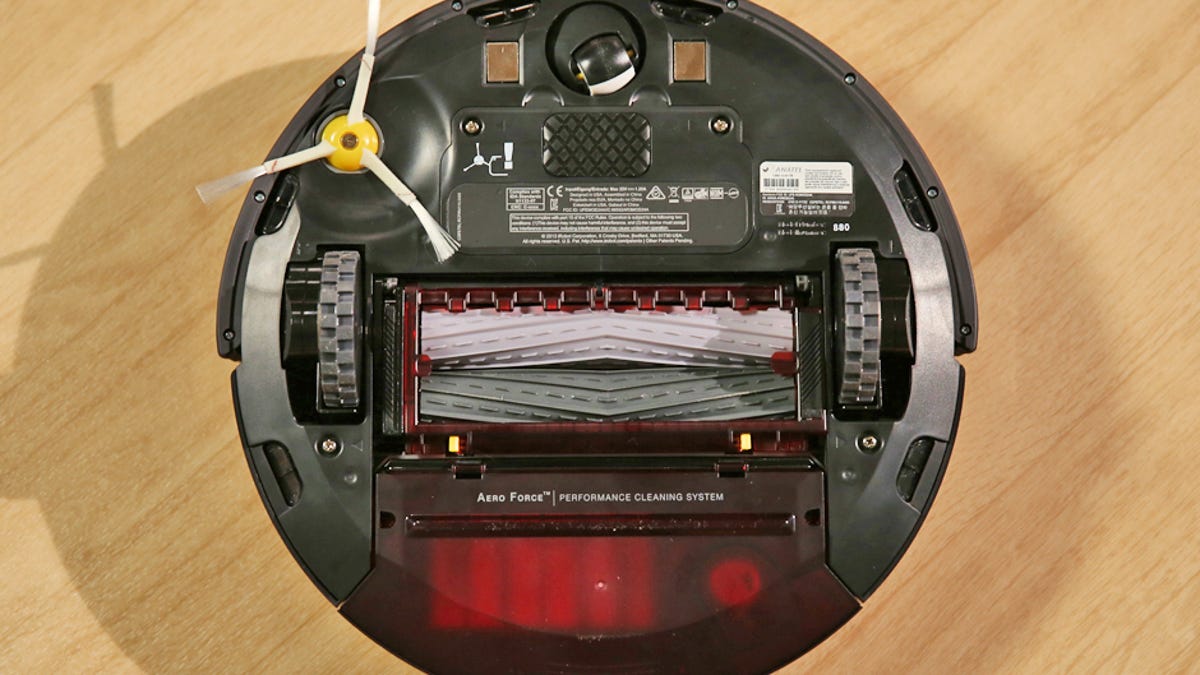Making Roomba for innovation: 5 lessons from iRobot
The new Roomba 880 ditches the traditional vacuum cleaner brush. Why? iRobot is on a mission to cut down on two customer pain points: maintenance and cleaning frequency.

iRobot has launched its latest Roomba, a high-end 880 series vacuum with a new cleaning system dubbed Aeroforce and a bevy of tweaks based on customer feedback.
While I've tried the Roomba 880 and found it handy, the real story to me revolves around how iRobot thinks and approaches its products. The company started out making military robots, then got into its iconic Roomba and now has health care robots too.
In other words, iRobot is a fun company to watch, and its main value proposition is adding some time back to your life with fewer chores.
Here are some innovation takeaways from iRobot:
Innovation is company and customer specific. The Roomba's Aeroforce is a brushless system that breaks down debris and lifts dirt with less maintenance. Max Makeev, product manager at iRobot, said the company decided to tackle the traditional vacuum cleaner bristle design based on customer pain points -- maintenance and cleaning frequency. Simply put, Aeroforce means that the Roomba doesn't get caught up with hair as much. And because Aeroforce's housing is smaller, the Roomba 800 can store more dirt. Given Roomba's small footprint, developing a brushless system was critical relative to other vacuums. Product pain points are discovered via iRobot's call center, as well as inquiries and surveys.
Focus on big issues for customers. Innovation means knocking down the big things for customers, said Makeev. As noted, performance and maintenance were two of the biggest issues for Roomba customers. With each product launch, iRobot has aimed to improve on those two items. "We aim to give back time to our customers," said Makeev. Because of the company's focus on decreasing the product's required maintenance, Roomba customers can program the robot and move on to bigger things.
Organization. iRobot has central engineering, operations, and marketing and sales teams. These groups share information across them, but iRobot's divisions -- in the Roomba's case, the home unit -- are responsible for innovating on the product front. After all, R&D for home robots is very different than government clearances needed for military applications.
Time to innovate. Maleev said that solving a product/customer challenge can take anywhere from two to three years, start to finish. The Roomba enhancements took about two years, he said.
The testing process. For the latest Roomba, engineers test prototype robots internally and then the product is moved into beta in multiple countries. For instance, iRobot selected 61 customers in four countries to give the latest Roomba a spin. That testing phase was in addition to other Roomba 880s in the field.
This story originally appeared as "iRobot launches new Roomba: Five innovation lessons" on ZDNet.

